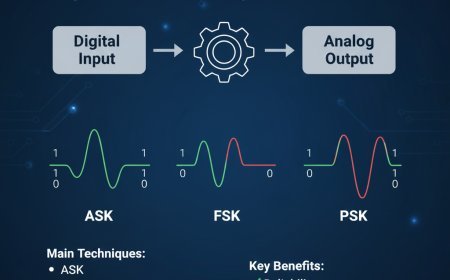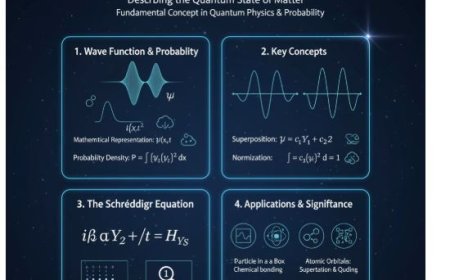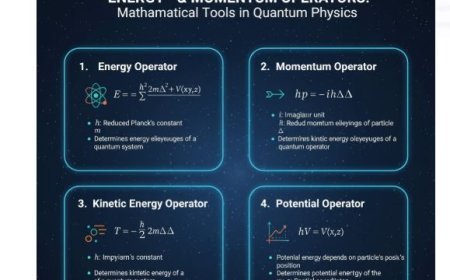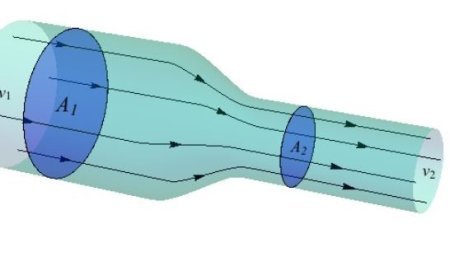Linear Harmonic Oscillator – Definition, Motion, and Applications
The Linear Harmonic Oscillator (LHO) is a foundational concept in physics that describes how an object moves back and forth about an equilibrium position under a restoring force proportional to displacement. Governed by Hooke’s Law (F = –kx), it exhibits simple harmonic motion (SHM), characterized by periodic oscillations, constant amplitude, and frequency. The motion of a harmonic oscillator can be described by x(t) = A cos(ωt + φ), with total energy given by E = (1/2)kA², which remains conserved. Linear harmonic oscillators play a crucial role across disciplines—from mechanical systems (springs, pendulums) and electrical circuits (LC and RLC oscillators) to quantum mechanics, where they form the foundation of the quantum harmonic oscillator model.
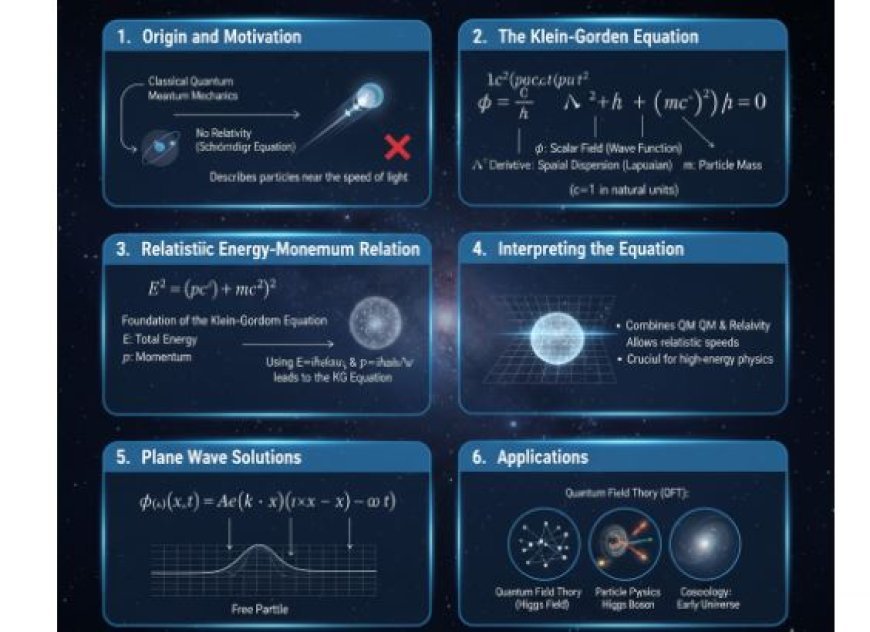
Linear Harmonic Oscillator
- A basic idea in physics is the linear harmonic oscillator, which shows how an object moves as it swings back and forth around a set point known as the equilibrium position.
- Many natural events, like the vibration of a guitar string, the movement of a pendulum, and the motion of a spring-mass system, show this kind of motion.
Definition of a Linear Harmonic Oscillator
- A linear harmonic oscillator is a system made up of a spring and a mass. The spring constant is k.
- The mass is moved out of its equilibrium position and then released, which makes it move back and forth around its equilibrium position.
- This equation describes the motion of the mass:
F = -kx
where:
- F is the force acting on the mass,
- k is the spring constant,
- x is the displacement of the mass from its equilibrium position.
Characteristics of a Linear Harmonic Oscillator
There are a few main features of a linear harmonic oscillator that define its motion:
- Periodic Motion
- The motion of a linear harmonic oscillator is periodic, meaning it repeats at regular intervals over a fixed time period (T).
- Simple Harmonic Motion (SHM)
- The motion of a linear harmonic oscillator follows simple harmonic motion (SHM).
- SHM is a type of periodic motion where the acceleration of the object is proportional to its displacement from the equilibrium position.
- Constant Amplitude
- The amplitude (A) remains constant over time.
- This means that the maximum displacement of the mass from its equilibrium position stays the same.
- Constant Frequency
- The frequency of a linear harmonic oscillator remains constant over time.
- This means that the number of oscillations per second stays the same.
Equations of Motion
The motion of a linear harmonic oscillator can be described using the following equations:
- Equation of Motion
- The displacement of the mass at any time t is given by:
- x(t) = A cos(ωt + φ)
- where:
- x(t) is the displacement at time t,
- A is the amplitude,
- ω is the angular frequency,
- φ is the phase angle.
- Velocity Equation
- The velocity of the mass is found by differentiating the displacement equation
- with respect to time:
- v(t) = -Aω sin(ωt + φ)
- Acceleration Equation
- The acceleration of the mass is found by differentiating the velocity equation with respect to time:
- a(t) = -Aω² cos(ωt + φ)
Energy of a Linear Harmonic Oscillator
- The total energy of a linear harmonic oscillator is conserved, meaning it remains constant over time.
- The total energy (E) of the system is given by:
E = (1/2) k A²
where:
- E is the total energy,
- k is the spring constant,
- A is the amplitude.
Importance of Linear Harmonic Oscillator
The linear harmonic oscillator is one of the most fundamental concepts in physics and has many applications in various fields:
- Mechanical Systems
- The linear harmonic oscillator helps in understanding the motion of systems like pendulums, vibrating strings, and springs.
- Electrical Circuits
- It is used in electrical engineering to describe the behavior of LC and RLC circuits.
- Quantum Mechanics
- The linear harmonic oscillator is used to model quantum systems, such as the quantum harmonic oscillator potential.
What's Your Reaction?












